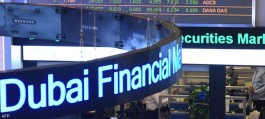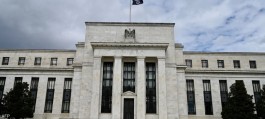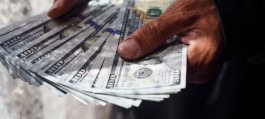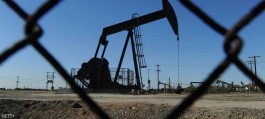A sharper-than-expected drop in U.S. job growth in July has raised concerns that the Federal Reserve is moving too slowly to lower borrowing costs for Americans, putting it at risk of the recession it has been trying to avoid.
The employment report released on Friday, August 2, showed that companies added 114,000 jobs in the world's largest economy last month, which is well below the average increase of 215,000 jobs over the past 12 months.
The unemployment rate rose 0.2 percentage points to 4.3%, triggering the Sahm Rule, which links the start of a recession to when the three-month moving average of the unemployment rate rises at least half a percentage point above its lowest level over the past 12 months, according to the Financial Times.
Fix interest
The data comes two days after the US Federal Reserve chose not to cut its benchmark interest rate, which has remained at a 23-year high of 5.25% to 5.5% since July 2023.
In justifying the decision, FOMC Chairman Jerome Powell said the committee wants to see more evidence that inflation is moving back toward its 2% target before moving forward with any shift in monetary policy. Importantly, he stressed that he does not want to see a further material slowdown in the labor market.
Powell has made clear that a rate cut is on the table at the next meeting in September — and the July jobs report confirms that the FOMC will deliver — but economists say the Fed will have to move more aggressively than it would have if it had started cutting rates earlier than September.
Criticism of the Federalist
Moody's chief economist Mark Zandi said: They made a mistake. They should have cut rates months ago. It seems like a quarter-point cut in September will not be enough. It should be a half-point cut with a clear signal that they will be more aggressive in normalizing (cutting) rates than they have been signaling.
EY Parthenon chief economist Gregory Daco agreed that the July meeting was a missed opportunity for the Fed, saying it would have been more ideal if the central bank had delivered its first rate cut in June.
“If you have a forward-looking perspective, you see that the overall data points to a slowdown in economic activity, a slowdown in labor market momentum, and a continued decline in inflation, which is what the Fed was really looking for,” he added.
It’s not just economists who accuse the central bank of being behind the curve. On Friday, August 2, Democratic Senator Elizabeth Warren—a fierce critic of Powell who had urged him to cut interest rates before this week’s decision—called on the Fed chairman to take immediate action.
“He has been warned time and time again that waiting too long could send the economy into a tailspin,” she wrote on her X site. “The jobs data is flashing red. Powell needs to cancel his summer vacation and cut rates now — not wait six weeks.”
Wall Street cuts expectations
Following the jobs report, traders in the Fed funds futures markets increased bets that the U.S. central bank will cut interest rates by more than a full percentage point this year, meaning as many as two half-point cuts given there are only three meetings left in 2024. Before the report, market participants had priced in a total of 0.75 percentage points of cuts for the year.
On Friday, Wall Street banks quickly revised their forecasts, with JPMorgan and Citigroup formally calling for two half-point cuts in September and November followed by quarter-point cuts at each meeting after that until the interest rate reaches a neutral level that does not constrain growth.
Chicago Fed President Austin Goolsbee shared some concerns about the labor market on Friday, but urged against a knee-jerk reaction. “We never want to overreact to any one month’s numbers,” he said.
Fed officials and economists have taken some comfort from the fact that the world’s largest economy appears far from collapsing. Powell said Wednesday, July 31, that the chances of a so-called hard landing — where inflation returns to its target and leads to a recession — remain low.
He said: I don't see any reason to believe that this economy is either overheating or weakening sharply, that's not in the data right now.
Last quarter, the U.S. economy grew by about 3%. Moreover, consumers are still spending and employers are still hiring, even if both are happening at a slower pace.
Bank of America’s former Fed chief economist Michael Gapen acknowledged the economy was cooling but said it had not yet cracked. But in a warning shot to the Fed, he added: If they don’t cut rates, they risk creating a recession they don’t want.


































